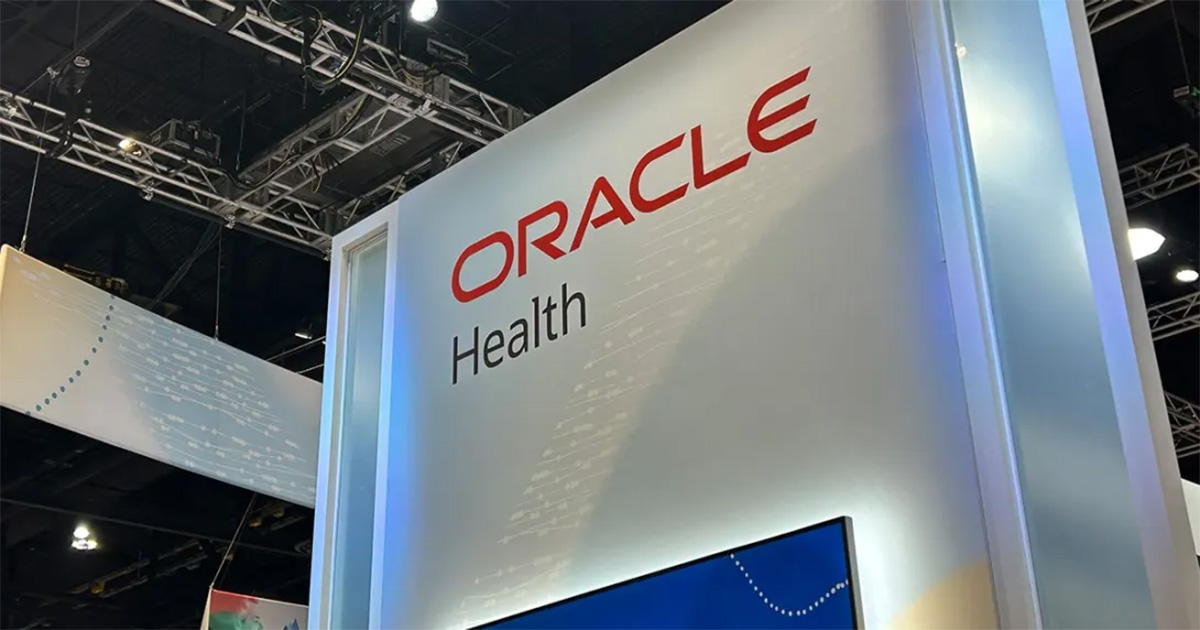Software that verifies the originality of written work is de rigueur in academic settings. Upon submission of a document, the tool quickly identifies original author, date, and color-codes portions of the submitted electronic document. Conceptually, the same software that detects when students submit a cut-and-paste class paper could also detect “cloning” within an individual’s electronic health record.
Might academic detection software create an opportunity for both healthcare organizations and the government to determine if the record is original?
Importance of detecting cloned records
On September 24, 2012 the Obama administration provided a warning letter to CEO’s of various hospital and healthcare organizations, signed by the attorney general, Eric H. Holder Jr. and the secretary of health and human services, Kathleen Sebelius. The letter discussed suspicions that the electronic record capabilities of cloning assist some organizations in defrauding the government by way of upcoding evaluation and management (E/M) service codes.
Michelle Dougherty on behalf of The American Health Information Management Association (AHIMA), February 13, 2013, testified to the HIT Policy Committee Hearing on Clinical Documentation on the issue of cloning/copy-paste practices: “Cloned documentation continues to be a significant problem in EHRs creating unnecessary redundancy and at time inaccurate information in the EHR. Many organizations have developed policies, but non-compliance remains an issue.”
Further testimony by Dougherty indicated some EHR systems are designed to facilitate cloning with options such as “make me the author” to assume the content of another person’s entry or “demo recall” to copy and forward vital signs. Default documentation populating fields on a template allow documentation to be generated indicating “all systems reviewed and normal” when all systems may not have been reviewed and results may not have been normal.
RAC audits, request for records, appeals
The Department of Health and Human Services (HHS) Office of Inspector General, (OIG) issued a report; Coding Trends of Medicare Evaluation and Management Services in May 2012 that correlated an increase in higher-level CPT codes for evaluation and management services with those providers who also used an EHR at their primary practice location. As a direct response to the study, the Centers for Medicare and Medicaid Services, (CMS) alerted the American Medical Association (AMA) to begin conducting audits in 15 states, primarily in Region C, with similar audits likely to be approved in other Medicare regions in the near future.
Medical record submissions are required if a Recovery Audit Contractor (RAC), on behalf of CMS, requests them. The RAC Region B Medical Record Submission Instructions encourage providers to submit medical records via Electronic Submission of Medical Data (ESMD); however paper records, faxed, and medical records submitted on a CD/DVD will be accepted. It is presumed that cloned entries can easily be detected upon audit when subjected to similarity detection software. Audits of paper records to detect “cut and paste” features, however, produce voluminous files that would be more difficult for auditors to challenge. Progression to the EHR, in combination with advanced software and data analytics, will make audits looking for cloned records potentially easier in the future.
Cloned records can be a concern if the RAC auditor’s decision is challenged. Medicare providers and beneficiaries may appeal certain decisions related to claims for health care services and items. The Medicare Administrative Appeals Process involves four levels of appeals, with level one administered by the CMS Medicare Administrative Contractor, level two administered by CMS Qualified Independent Contractors, level three administered by Administrative Law Judges (ALJ’s), and level four administered by the Medicare Appeals Council. In a November 2012 report conducted by OIG, Improvements Are Needed At The Administrative Law Judge Level of Medicare Appeals, several ALJs explained that they decide against appellants if the evidence lacks credibility and they suspect fraud. One ALJ reported he denied claims because all the medical records look suspiciously similar.
How payment is determined
Physicians, qualified non-physician practitioners (NPP), outpatient facilities, and hospital outpatient departments report CPT codes to bill for E/M services furnished in an encounter. ICD-9-CM diagnosis and procedure codes are limited to billing for inpatient E/M services on inpatient claims. Payment based on E/M codes considers patient type, setting of service, and level of service performed. According to CMS 2010 Evaluation and Management Services Guide, three key components — history, examination, and medical decision-making —assist in determining the proper level of service performed and thereby proper payment. Thus, reimbursement is tied to the complexity of the provider’s assessment.
Ms. Dougherty testified that AHIMA members report commonly finding cloned documentation in the following types of content: history and physical (particularly social, medical and family history), visit/clinic notes, and inpatient progress notes, consults, vital signs, and review of systems / physical exam.) Alignment of increases in cloning detection with criteria that determines proper level of service performed, provides support for government suspicion that cloning of records appears to align with potential upcoding.
OIG work plan 2013
Since the publication of the September 24, 2012 letter, OIG has identified the “identical documentation across services” and “identify fraud and abuse vulnerabilities in the EHR systems” in its Work Plan for 2013.
From part 1: Medicare Part A and B; Evaluation and Management Services — Potentially Inappropriate Payments in 2010, OIG specifically notes, “We will determine the extent to which CMS made potentially inappropriate payments for services in 2010 and the consistency of medical review determinations. We will also review multiple services for the same providers and beneficiaries to identify electronic health records (EHR) documentation practices associated with potentially improper payments. Medicare contractors have noted an increased frequency of medical records with identical documentation across services.”
From part VII: Other HHS-Related Reviews; Fraud Vulnerabilities Presented by Electronic Health Records, “We will identify fraud and abuse vulnerabilities in electronic health records (EHR) systems as articulated in literature and by experts and determine how certified EHR systems address these vulnerabilities.”
Current tools to detect fraud and abuse
HHS and the Department of Justice published the Health Care Fraud and Abuse Control Program Annual Report for Fiscal Year 2012 describing several database and data analytical and mining tools being utilized to uncover fraudulent billing such as the Fraud Prevention System, One Program Integrity, the Next Generation Desktop, SAS statistical programming software, CMS Integrated Data Repository (IDR) and the Command Center.
If the same plagiarism detection software is not currently used by auditors, we can anticipate that it will be soon.
Marilyn Skrocki is an Associate Professor in Health Sciences & Graduate Program Coordinator for the Master of Science Health Administration and Leadership program at Saginaw Valley State University, University Center, Michigan. As a licensed attorney, Marilyn Skrocki is a member of the Michigan Bar Association and holds membership in the Health Law Section of the Michigan State Bar Association. She holds master’s degrees in business and information systems management, earning Advanced Studies Certificate in Information Security & Networking Management and an Advanced Studies Certificate in Management Tools & Techniques and most recently earning the AHIMA Certification CHTS-IM. Marilyn has clinical experience as a certified radiology technologist and health care administration experience within the areas of risk management, corporate compliance, and legal affairs. She has worked as a private practice attorney for a firm that specialized in defending medical malpractice litigation. She can be reached at: mskrocki@svsu.edu.
Detective photo from Shutterstock.com.


